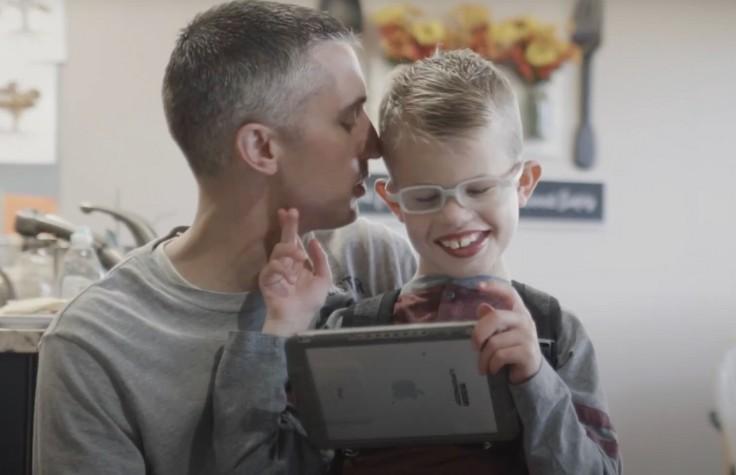What the Diagnostic Odyssey Looks Like—And How We Can End It
Closing the knowledge gap for health care providers and accelerating access to whole-genome sequencing

Originally published on Illumina News Center
People unfamiliar with the world of rare diseases might assume that someone with a genetic disorder received their diagnosis at birth. Unfortunately, this is almost never the case. There are at least 250 million people worldwide (including up to 30 million in the US) living with a rare disease, and although 80% of these are genetic or have a genetic component, most will go undiagnosed for years—and some, for a lifetime.
This is the frustrating and agonizing journey commonly known as the diagnostic odyssey. In the United States, this odyssey can last up to eight years. It often involves multiple specialists, unnecessary and sometimes invasive testing, and psychological suffering for both the child and their caregivers. Despite guidelines that support genetic testing in this population, less than 8% receive any genetic tests, including the vulnerable children who are cared for in intensive care units.
Even when genetic testing is offered, it is frequently low-resolution technologies—such as chromosomal microarray or targeted gene panel tests—that have relatively low rates of diagnosis. Perhaps most problematically, these tests may be ordered serially, with each subsequent test only being ordered after the former is negative, adding complexity, time, and cost to the diagnostic odyssey.
What if, early in a patient’s journey, their health care provider ordered whole-genome sequencing (WGS) as a first-tier test for them, rather than work through an iterative process with traditional genetic tests? What if a child could receive a diagnosis in a few weeks instead of months or years? What if the doctor was able to receive information that otherwise would have completely eluded them?
A 2023 meta-analysis found that on average, 34% of patients received a diagnosis with genome sequencing, and of those patients, on average, 61% experienced a change in clinical management. Changes in management may include therapies that address the underlying cause of the disease, medications that reduce symptoms, surgical options, increased monitoring or, in some instances, the decision to proceed with palliative care.
For newborns in intensive care units, a genetic answer can mean the difference between life and death. Features associated with an undiagnosed genetic disease may be subtle or absent in infants. This presents challenges for standard genetic testing, leaving patients at risk of missing a critical window for diagnosis. Recent work by Illumina’s scientists, and its collaborators at five sites across the United States, has shown that patients who get access to WGS are twice as likely to have a change in management and are more likely to get the precision care they need to live long and healthy lives.
“The challenge has changed from ‘Can we do this?’ to ‘How do we do this at scale?’ We want as many patients as possible to have access to this technology, and we need to help doctors and administrators understand that this technology is readily available today,” says Ryan Taft, PhD, Vice President, Scientific Research at Illumina. “We’re hoping to close the awareness and education gap and accelerate access for families.”
This month, Illumina launched the microsite End the Odyssey. Its goal is to educate health care professionals treating patients with a suspected genetic disease and encourage them to consider comprehensive genetic testing with WGS when appropriate.
“We’re excited about educating health care professionals about the power of genomes, working with them to find answers for patients and restoring hope,” says Taft.
Read more on whole-genome sequencing and the diagnostic odyssey:
Bridging the diagnosis gap for Canada’s Indigenous children
Addressing the genomics education gap
Three moms move mountains to help kids with rare disorders
Working to solve rare disease and support patients
Greenwood Genetic Center: Answering the unanswered
Rarebase is on the hunt for therapeutic opportunities
How one children's hospital is transforming care for kids in Dubai
Baby Fitz’s life-saving diagnosis through whole-genome sequencing
